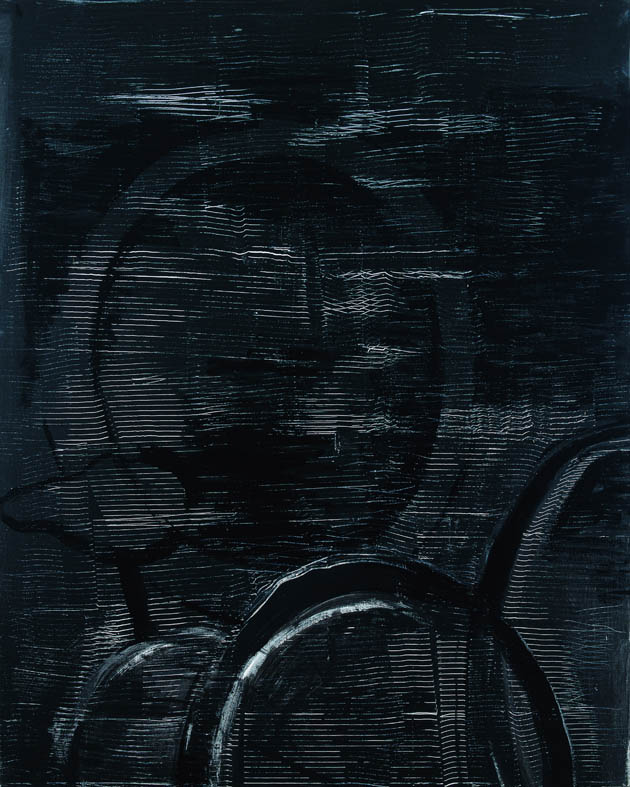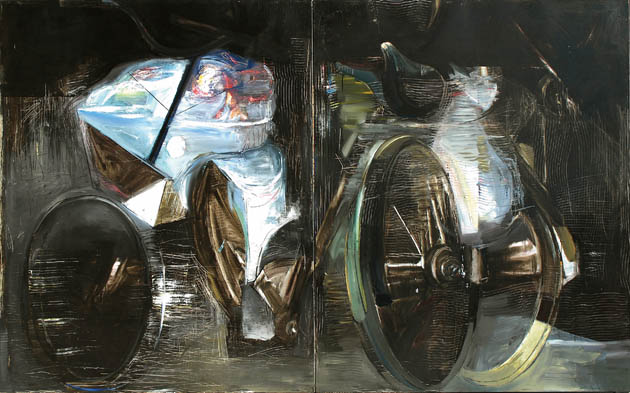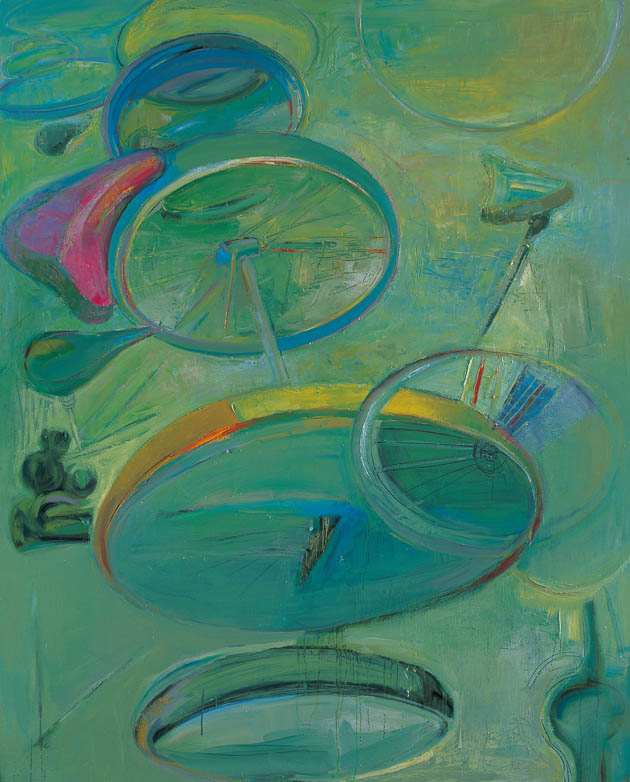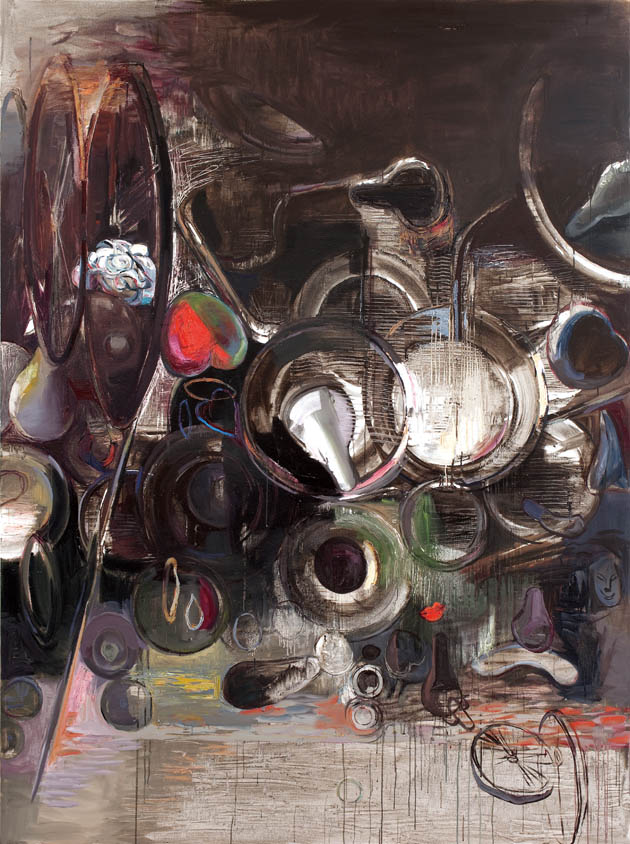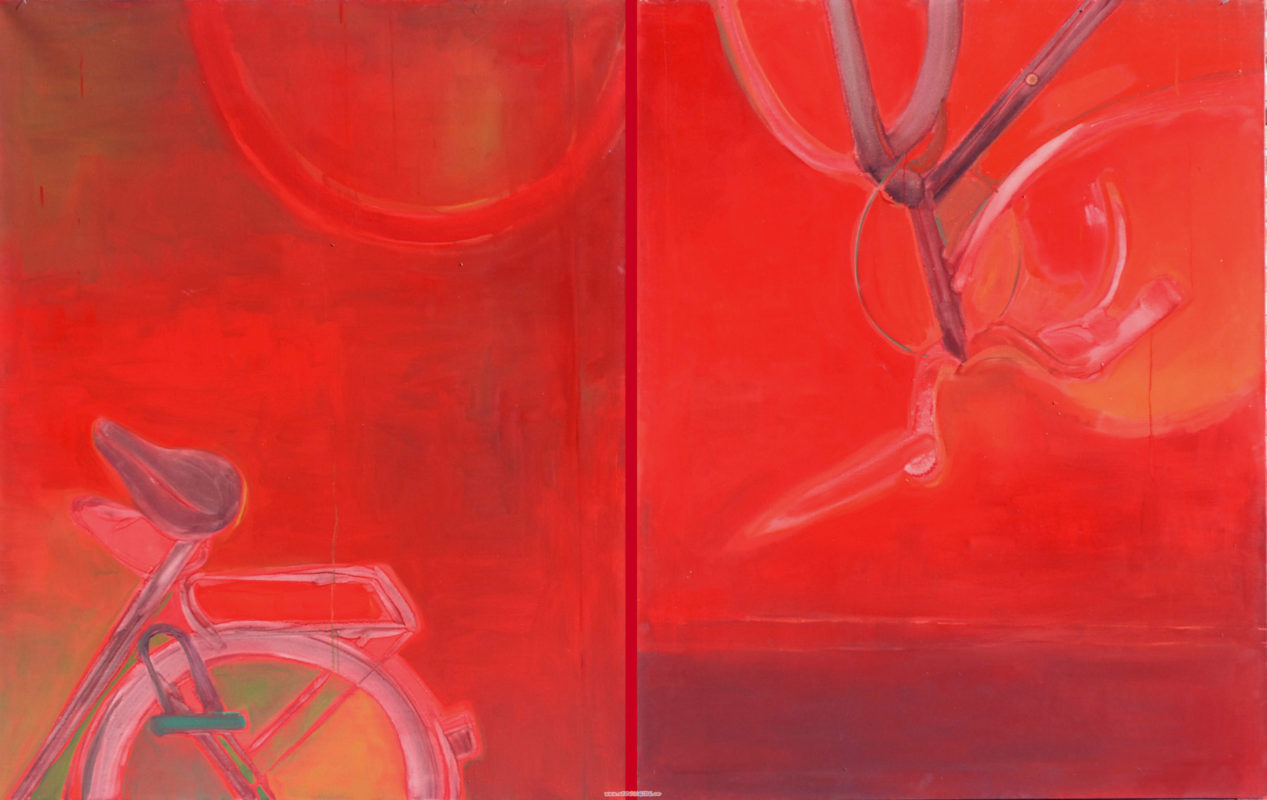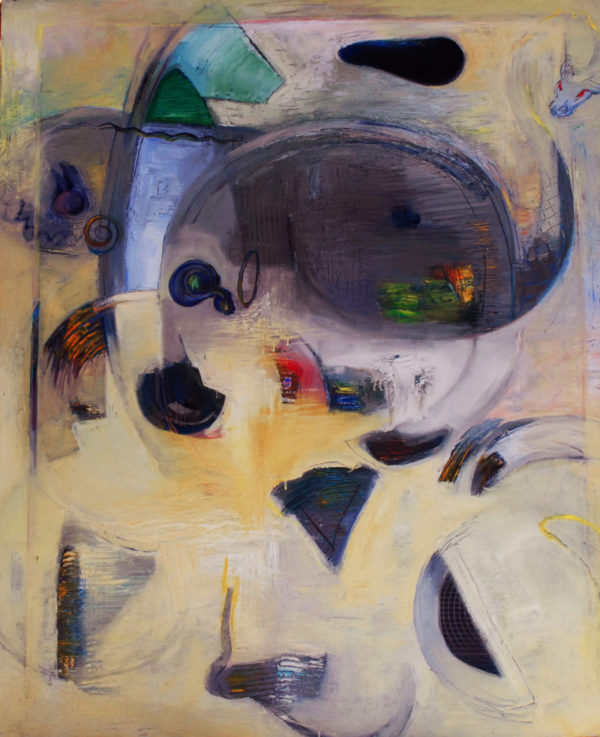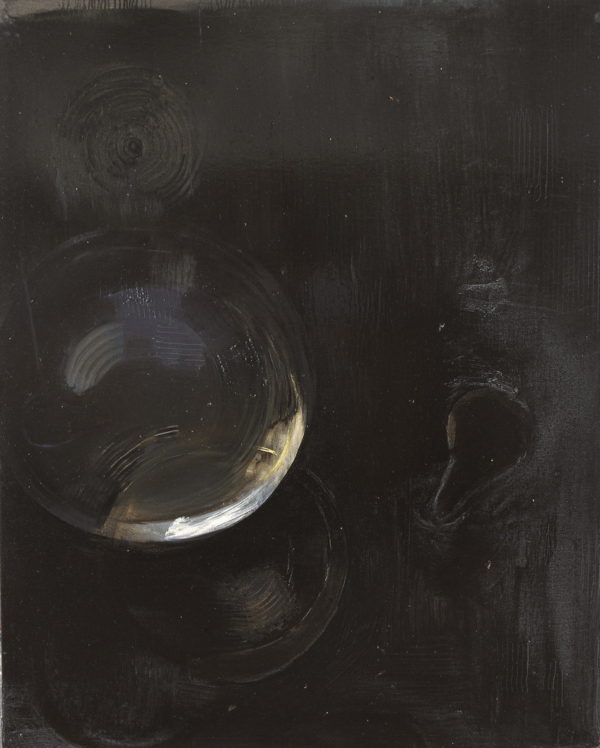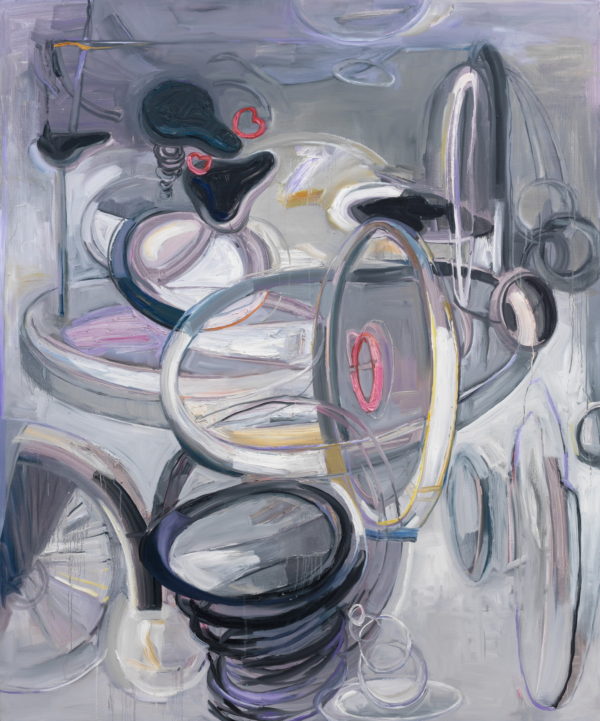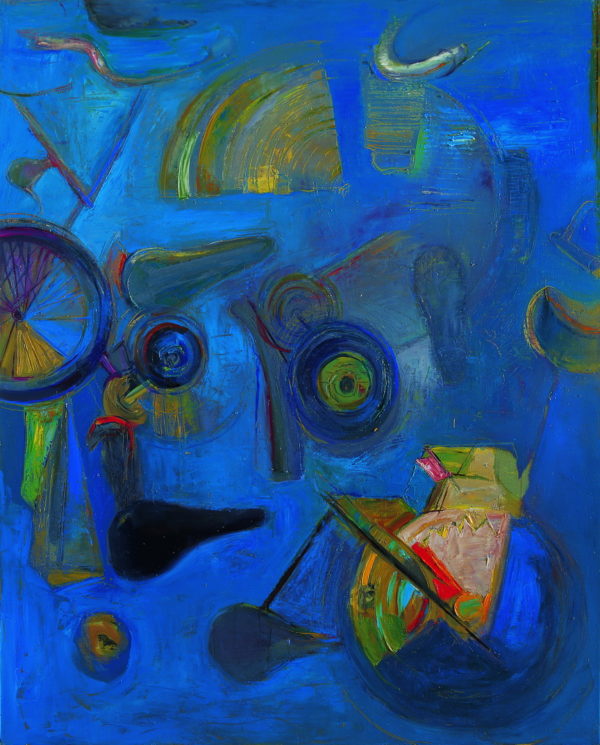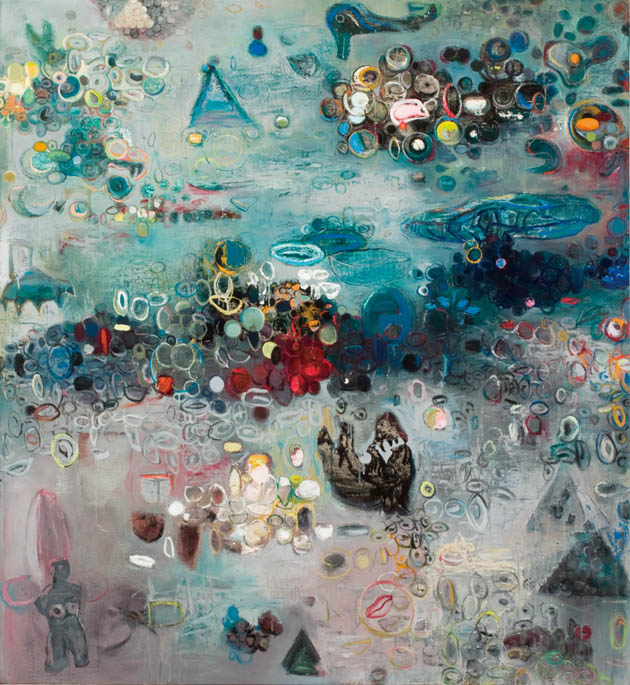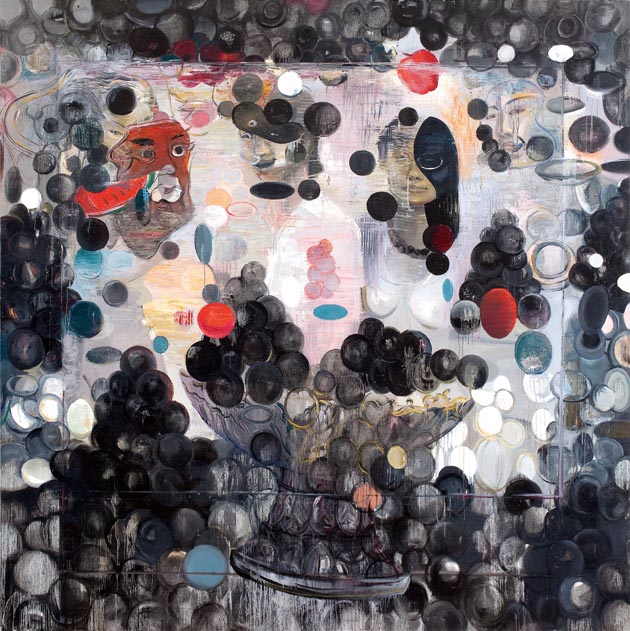“China has recently become a very special part of my journey. I believe this time, it is one which will unquestionably define a most important period of my life’s work as an artist/painter. Having initially set up studio residency at the Red Gate Gallery for over two months during the summer of 2007. This activity allowed me the incentive I needed to move ahead on this path on solid grounds. From this juncture, I took the opportunity to create a series of work entitled: ‘Bicyclical Journeys’ in Beijing which grew out of my current “egg series”. In a special way, this experience feels like a familiar one, having grown up with numerous friends during my formative years in Jamaica with large numbers of close extended family members who were Chinese. (Jamaica has a large population of third generation Chinese immigrants who are well established since the turn of the 19th century, of which group has firmly assimilated, contributing to important economic, political and socio-cultural life of Jamaica and the Caribbean.) I have gone ahead through this vision and inspiration to set up studios to work there for the duration, as it’s environment helps to shape a concept that might lead to the creation of new and more fresh and unique work. A launching board for my current work to engage in the greater part of East Asia and the expanded contemporary art scene which China is now a major player as it levels the playing field.”
— Bryan McFarlane 2010
“Since he first came to China, McFarlane has been interested in bicycles and has added them as an important icon in his art. Although perhaps initially inspired by the spectacle of huge throngs of Chinese traveling by bike in its cities, he also reached back in his memory to bicycles as transport for policemen in his native Jamaica. This type of use of the bicycle is observed in an earlier series of works exhibited as:‘Bicycles Pyramids and Egg Axis – A Circular Journey 2008’.”
“The urgent need to think about the meaning and management of change is underscored in Death of Bicycles with Brain Tissue where we encounter a brain amid an enormous stack of frames, seats, rims and tires from the once ubiquitous riding machines. The lighted brain, partially obscured, falls along a belt across the middle of the painting consisting of a red and green heart, a bicycle seat, a bike light and a smaller almost invisible heart on the far right. The overall presentation has aspects similar to a shrine, in this case, dedicated a passing moment in the haste of change, and to the need to rethink – and maybe memorialize — what it means in the life of people.”
– Barry Gaither Director of the Museum of the National Center of African Artists, Boston
